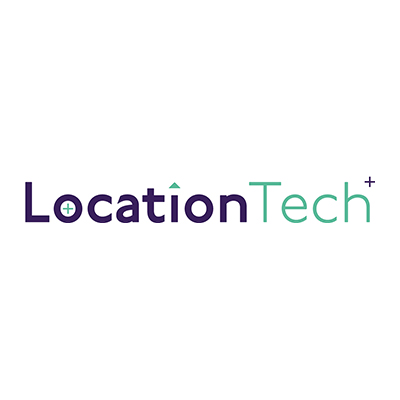Hiding in plain sight, Location Based Services (LBS) are often taken for granted! Without it, our daily lives would be far more difficult.
Now commonplace, LBS is found in many of the most used applications on our smartphones and other devices. For example, Facebook, Google Maps, Instagram and Uber all use LBS to provide users with the right information at the right time and place.
Location Based Services (LBS) utilises location data from a smartphone to provide the user with real time information, entertainment or security that is pertinent to their current physical location.
However, this hasn’t always been the case. The development of LBS depends on three independently developed technologies, Global Positioning Systems (GPS), Cellular Technology and Mobile Computing. The combination of these technologies led to the first LBS applications on the Palm VII, released in 1999. Both applications used location to identify the users zip code, and then provide the corresponding weather forecast and traffic report. Other LBS Services soon followed with European providers launching FriendZone, FriendFinder, LBS Dating, and Emergency Call Location services.
The evolution of LBS applications and services has continued and in recent years has allowed the creation of wildly popular games like Pokemon Go and Ingress. It has also given rise to activities like geocaching which is played by many people (not just geography teachers!). LBS is so pervasive within application development that it is difficult to identify the monetary value it brings. Simply consider your favorite mobile application and ask yourself how would it function without location?
Often thought of as outdoor functions, LBS is increasingly indoor focused which can help individuals navigate complex buildings to reach their destination. These services may assist a passenger to a departure gate or supermarket aisle. Indoor LBS rely on the earlier mentioned technologies, however GPS is replaced with systems more suited to indoor environments. For example, bluetooth beacons or wifi positioning.
While LBS are commonplace, we are also seeing market growth in the analytics of human location. Human Movement Data is the amalgamation of anonymous movement data captured by mobile applications. This information is helping organisations and governments understand the moment of people through artificial and natural environments. This information also aids in policy planning and service improvements.
Location Tech is the voice of location technology and spatial intelligence in New Zealand. Subscribe for our regular updates here.






